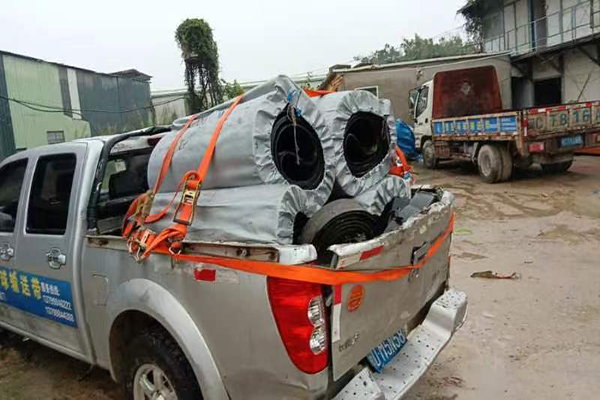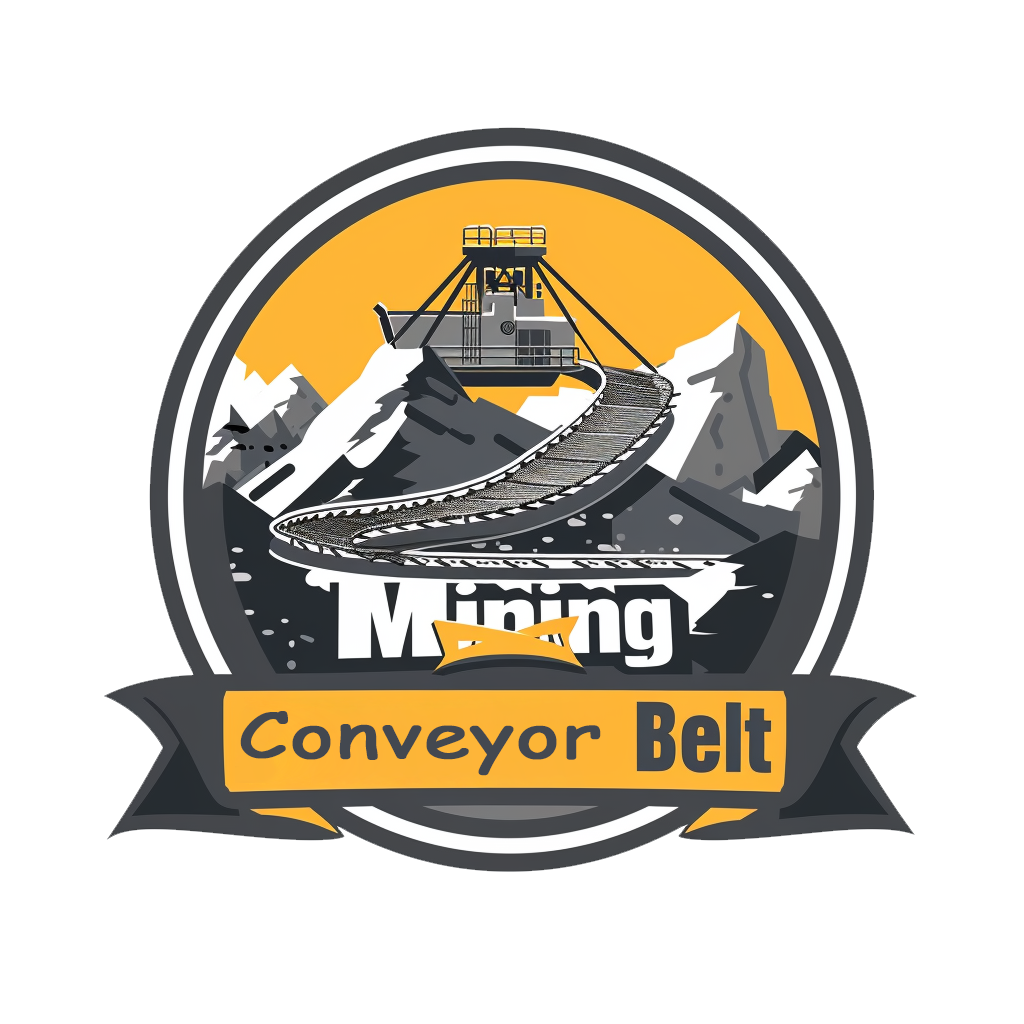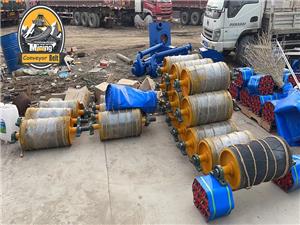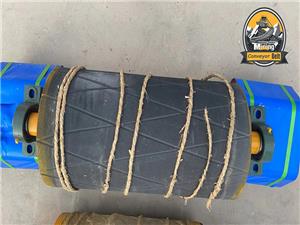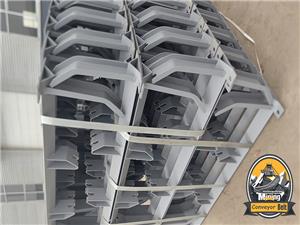Knowledge points of high-angle belt conveyor, instructions for using conveyor belt
How to use large angle conveyor belt:
1. During use, be sure to mix and connect conveyor belts of different types and specifications together. This type of use is prone to malfunction.
2. During use, it is forbidden to fold the conveyor belt, and do not press it against hard objects. It should be rolled up for use and storage. Because only in this way the conveyor belt will not be damaged.
3. The direction and speed of items transported by the conveyor belt must be consistent with the direction and speed of the conveyor belt. Otherwise, no one will be able to pick up the items transported on the conveyor belt at the speed, which will eventually cause accumulation.
4. When using the conveyor belt, it is generally necessary to start the conveyor belt empty first. This is to prevent the conveyor machine from being overloaded or the conveyor belt with a large inclination angle from slipping. Before stopping the conveyor belt, the items on the conveyor belt must be removed first. All unloaded.
5. When using the conveyor belt, the tension should not be too high. It should always work under the minimum tension without slipping with the transmission roller and the items have not transitioned. Otherwise, friction will occur between the conveyor belt and the transmission roller.
6. When conveying items, the conveyor belt must not be allowed to deviate or bend. If it occurs, it must be adjusted in time.
7. If items slip or cannot be pulled during use, repair the fault in time, adjust the tension of the conveyor belt, and keep the bag's elastic device flexible.
Features of high-angle conveyor belts:
1. Increased conveying angle (30~90 degrees);
2. Small footprint and low investment;
3. Large conveying capacity and higher lifting height;
4. Smooth transition from horizontal to tilt (or vertical);
5. Suitable for conveying powdery, granular, small pieces, paste and liquid materials that are easy to scatter;
6. Low energy consumption, simple structure, high tape strength and long service life.
Precautions for use:
1. The storage and use methods of high-angle edge conveyor belts are the same as ordinary conveyor belts and heat-resistant conveyor belts.
2. Covering tapes should be used for conveyor belts with large inclinations exceeding 70 degrees. The advantage of using covering tapes is to prevent material leakage from causing damage to the base belt; at the same time, it can also increase the transportation volume of materials.
3. The requirements for the rollers of the high-incline sidewall conveyor belt are much higher than those of the flat belt. If the same type of belt is used, the roller model used is larger than that of the flat belt.
4. Base belt of large-angle conveyor belt: The base belt of the corrugated edge belt conveyor mainly bears tensile force, but its lateral rigidity also plays a large role in the performance and effect during use. If the rigidity of the conveyor belt is too small, the conveyor belt will be deformed laterally, causing material scattering and other phenomena.
5. When selecting bulkheads and skirts for large-angle conveyor belts, you should first consider the conveying capacity of the conveyor, such as skirt height, bulkhead spacing, and effective bandwidth.
Shipping and storage:
During transportation and storage, be careful not to come into contact with acid, alkali, oil, water and other pollutants and keep away from heat sources; avoid long-term direct sunlight and rain and snow; the storage temperature should be maintained at –10 0C—40 0C, and the relative humidity should be maintained at 50 %-80%. Do not squeeze during transportation and storage.
Common problems and solutions for large-angle conveyor belts:
1. Conveyor belt deviation: Conveyor belt deviation often occurs during the production process, so we have added the function of guide strips to prevent deviation in the production of conveyor belts. Through the auxiliary adjustment of the guide bar, the damage to the conveyor belt itself caused by the deviation of the conveyor belt is effectively solved and the service life is extended.
2. Baffle falling off: Skirt falling off often occurs when conveyor belts are used. Bada Company designed a traceless mold by improving the skirt mold, and widened the width of the skirt base to make the skirt stronger. For the skirt joint part, we adopted a ring joint mode, abandoning the original thermal bonding process, which effectively reduced the possibility of the skirt falling off.
